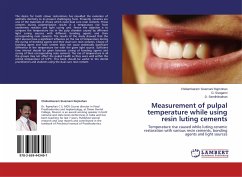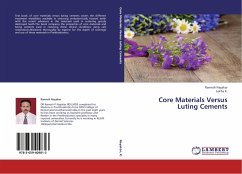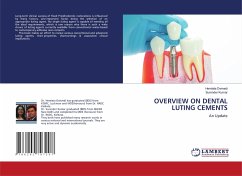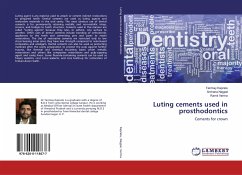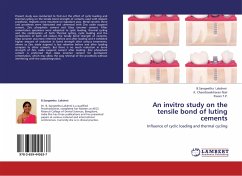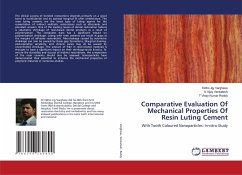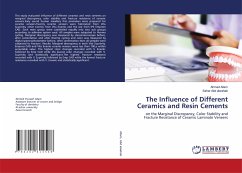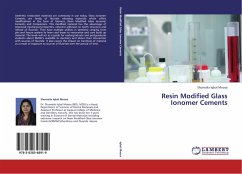The desire for tooth colour restorations has moulded the evolution of aesthetic dentistry to its present challenging form. Presently, ceramics are one of the materials of choice which need dual cure resin cements. These cements during polymerization results in a temperature rise from exothermic reaction and light curing unit. Hence the objective is to compare the temperature rise in the pulp chamber caused by different light curing sources with different bonding agents and their corresponding resin cements. The results of the study showed that the light sources have a significant influence on the rise of temperature during the curing of bonding agents and their dual cure resin cements. Choice of bonding agent and resin cement does not cause statistically significant difference in the temperature rise with the given light source. Sufficient time interval should be given between curing of bonding agents and curing of their corresponding resin cements. The rise of temperature in allthe groups may not affect the pulpal health as they were well within the critical temperature of 5.5ºC. This book should be useful to the dental practitioners and students using the dual cure resin cement.
Bitte wählen Sie Ihr Anliegen aus.
Rechnungen
Retourenschein anfordern
Bestellstatus
Storno

